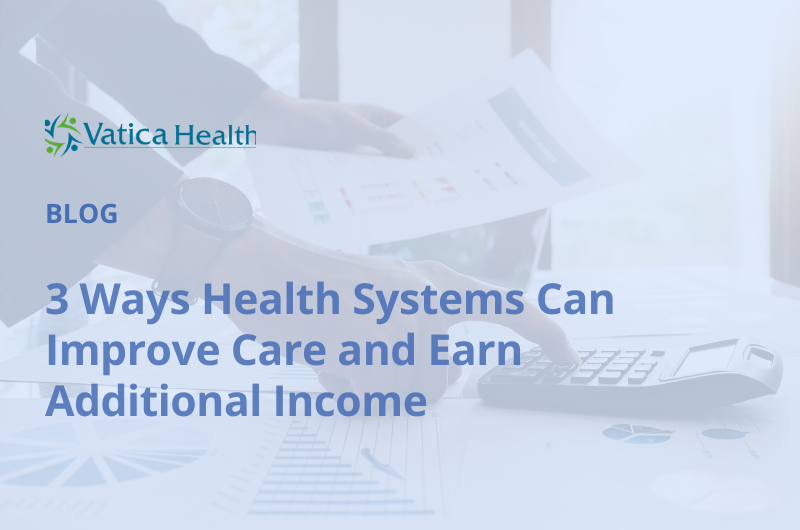
The COVID-19 pandemic has had a ripple effect, impacting not only those people who have contracted the virus, but the tens of millions of others who have managed to avoid it. Many have foregone recommended preventive and well care since March 2020. Studies confirm this trend, including a recent report from Avalere on routine vaccinations missed. From January 2020 – July 2021, monthly vaccine claims (for routine vaccinations excluding COVID) decreased an average of 32 percent for adults and 36 percent for adolescents, compared to the same months in 2019. A poll conducted in January 2022 found that 30 percent of adults aged 50 and older missed a scheduled appointment for a medical test, procedure or operation.
Israel Cordero, M.D., medical director of primary care for Middlesex Health in Connecticut, attested to this troubling trend during a recent interview with WFSB TV. “We have seen many patients delay routine and preventive care, as well as ongoing chronic disease management,” said Dr. Cordero, a long-time Vatica client. “We are seeing some of those aftereffects of delaying care during the pandemic.”
While all age groups are affected, seniors are among those most at risk from delayed or avoided care. Whether it’s a colorectal cancer screening, a flu vaccine or an eye exam for a person with diabetes, missing a recommended test or procedure could have significant long-term effects. To help keep seniors healthy and reduce the enormous amount of money spent on treating preventable illnesses, Medicare covers a number of preventive services. For example, the Annual Wellness Visit (AWV), which is informed by a comprehensive health risk assessment, focuses on early detection, positive lifestyle choices, and utilization of preventive services.
Only one in four beneficiaries receives an AWV, despite this service being 100 percent free. Unfortunately, many other preventive services are also underutilized. This problem has been exacerbated by COVID, demonstrated by the studies cited here. As we start to return to our pre-COVID lives, we must ensure that the most vulnerable among us–including seniors–get the routine and preventive care they need. This requires communication, creativity and collaboration.
Partnerships between payers and providers are one way to tackle this problem. Payers and providers are using a variety of outreach and incentive programs to get patients in the door, from multi-model outbound messaging and mailers to gift cards and greeting cards. Another effective approach is leveraging health plan initiatives that provide physicians with clinical and administrative support as well easy-to-use technology. Finally, marrying preventive services with payer-sponsored programs designed to capture and close risk and quality gaps benefits the entire healthcare ecosystem: plans, providers, and patients.
Given their vulnerabilities and higher prevalence of chronic conditions, older Americans were prioritized when the COVID vaccine was initially rolled out. Likewise, a similar focus is needed to reengage seniors in preventive and routine care. As the nation emerges from the acute phase of COVID, it’s critical to refocus on mitigating the development and exacerbation of chronic and preventable diseases. There are effective steps providers and payers can take together to ensure that seniors—some of our most vulnerable population—catch-up on preventive care and reduce their likelihood of developing serious illnesses.
How Vatica Health can help
Vatica Health is a pioneer in physician-centric technology that supports improvements in clinical outcomes, efficiency, and financial performance. The Vatica solution deploys clinical nurses at the point of care, armed with powerful technology. The nurses use Vatica’s solution to identify, document, and report gaps in care, helping physicians increase the utilization of preventive services such as colonoscopies, mammograms and diabetes screenings. Vatica Health is accelerating the transformation to value-based care by helping providers, health plans, and patients work together to achieve better outcomes. To learn more, visit https://vaticahealth.com/.







Recent Comments